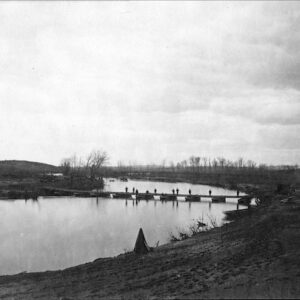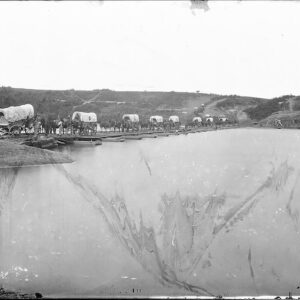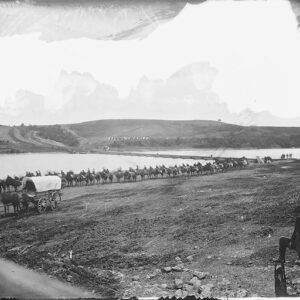Tag: Rappahannock River VA
Wikipedia says: The Rappahannock River is a river in eastern Virginia, in the United States, approximately 195 miles (314 km) in length. It traverses the entire northern part of the state, from the Blue Ridge Mountains in the west where it rises, across the Piedmont to the Fall Line, and onward through the coastal plain to flow into the Chesapeake Bay, south of the Potomac River.
An important river in American history, the Rappahannock was long an area of occupation by indigenous peoples. During the colonial era, early settlements in the Virginia Colony were formed along the river. It was at the center of a major theater of battle in the American Civil War, where tens of thousands of troops fought against each other. Some 10,000 African-American slaves escaped across the river to Union lines and freedom, after the first Battle of Fredericksburg. Due to the river’s significance as an obstacle to north-south movements, it effectively functioned as the boundary of the eastern theater of the war, between the “North” (the Union) and the “South” (the Confederate States of America).
The river drains an area of 2,848 square miles (7,380 km2), approximately 6% of Virginia. Much of the watershed is rural and forested, but development in it has increased since the late 20th century with the southward expansion of the Washington, D.C. suburbs.
…During the American Civil War, the river, with few convenient fords and fewer bridges, provided a barrier and defensive line behind which movements of troops could be accomplished with little fear of attack from the river-side flank. It was an especially difficult barrier for Union troops to overcome in their attempts to thrust into southern Virginia, as they were vulnerable to attack while trying to cross the river on temporary bridges. Control of the river changed hands many times during the course of the war. Significant battles fought along the river include the Battle of Fredericksburg and the Battle of Rappahannock Station. The defensive line at the river was finally circumvented by General Ulysses S. Grant in the Wilderness (or Overland) Campaign of 1864, ending in the ultimate Union victory.
During and after the first battle at Fredericksburg in late December 1862, about 10,000 enslaved African Americans from area plantations and the city left slavery, crossing the river to gain freedom behind Union lines. This exodus and “Trail of Freedom” was commemorated in 2010 by installation of historical markers on both sides of the river, in Fredericksburg and in Stafford County. The exodus to freedom is now celebrated in an annual re-enactment starting in Fredericksburg.
In some 18th- and 19th-century documents, including some Civil War records, the Rappahannock River was referred to as “Hedgeman’s River”.[6] A 1736–1737 survey labeled the Rappahannock above the mouth of the Rapidan as “Cannon”, and further upstream it was identified as “Hedgeman’s River,” named after Nathaniel Hedgeman, an early settler of the region.
Showing 1–16 of 43 resultsSorted by latest
-

Image ID: AZNA
$0.99 -

Image ID: APYR
$0.99 – $3.99 This product has multiple variants. The options may be chosen on the product page -

Image ID: AJWW
$5.99 -

Image ID: ARPJ
$5.99 -

Image ID: ARPK
$5.99 -

Image ID: ARPL
$5.99 -

Image ID: AUCW
$0.99 -

Image ID: ARSZ
$5.99 -

Image ID: AGNG
$4.99 – $6.99 This product has multiple variants. The options may be chosen on the product page -

Image ID: AGOQ
$4.99 – $6.99 This product has multiple variants. The options may be chosen on the product page -

Image ID: AGOZ
$4.99 – $6.99 This product has multiple variants. The options may be chosen on the product page -

Image ID: ALVZ
$5.99 This product has multiple variants. The options may be chosen on the product page -

Image ID: ARSI
$5.99 -

Image ID: AICM
$4.99 -

Image ID: AOQI
$5.99 -

Image ID: AOQJ
$5.99